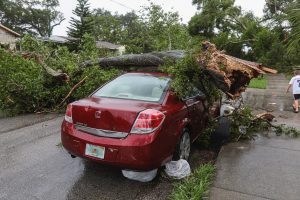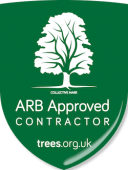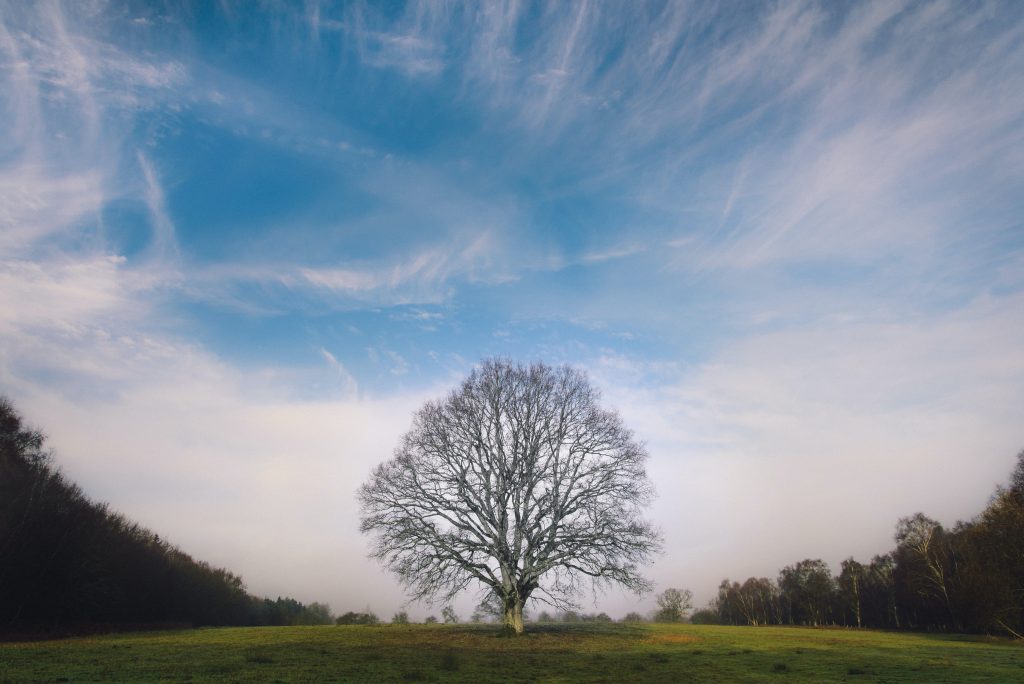Did you know that here at Wolverhampton Tree Service Ltd we are more than just tree surgeons. We also provide consultancy services which include Tree Condition Surveys for schools, colleges and universities. As well as for landowners who want to ensure their property is safe.
We also carry out development site surveys to BS5837:2012 and mortgage and insurance surveys.
Take a look at what is involved in a Tree Condition or Tree Risk Management Surveys.
Tree Condition Surveys
A TCS is applied to any tree or number of trees on any site and is used to determine the health of the trees and identify any defects physiological and/or structural in the tree.
Our Process
From the initial enquiry you will be looked after by either Trudy or Tracey our experienced administrative team who will take down all necessary details.
We then have a look at the site from an aerial view so we have some idea of how many trees may need to inspected, providing us some idea of survey times. There may only be one tree on site, other times there could be an entire woodland to survey.
After we have provided you with a quotation and its accepted, we will then factor a suitable date to carry out the survey.
Once we are signed in we then complete the survey, inspecting every tree on site using visual tree assessment (VTA) methodology.
We inspect every tree but normally it is only the notable trees that we collect the data for, this saves you money and informs you only of the works necessary.
We collect data such as tree species, age class, height, crown spread, structural and physiological condition and then asses the tree against the Quantified Tree Risk Assessment (QTRA) method.
Tree Condition Survey QTRA Method
The QTRA system quantifies the risk in terms of:
- Targets
Firstly people and/or property. - Impact potential (size)
Where necessary the tree or parts of the tree which are considered most likely to fail is assessed for the potential to cause harm. - Probability of failure
The assessment of the likelihood of the tree or branch failing based on technical knowledge and experience of the inspector.
Values from each of the three parts are then combined to calculate the probability of significant harm occurring.
The benefit of using this system is that it moves away from the general terms “safe” or “unsafe” and instead quantifies the risk of harm from potential tree failure, this balances safety with acceptable levels of risk.

What We Look For
We will look for any defects, structural or physiological weaknesses with the tree(s).
This can be anything from fungal brackets or cavities which may be reducing the structural integrity of the tree, oversized limbs or branches, leaf miners or leaf diseases which are reducing the photosynthetic potential of the leaves. Compaction of the root area or surface roots which may be causing a trip hazard, weak forks which are a potential weakness and any other faults with the trees.
We also look for some of the current diseases which are devastating some species of trees throughout the UK. Such Ash Dieback Disease ‘Hymenoscyphus fraxineus’ formerly know as ‘Chalara fraxinea’ and Eight-toothed European spruce bark beetle Ips typographus
Common Issues
One of the most common issues we see with trees at school sites in particular is compaction of the root system which is caused in 2 ways;
- Children playing underneath the trees.
It’s hard to imagine small feet causing so much damage but by playing underneath the trees and repeatedly ‘squashing’ the soil. The soil structure is destroyed meaning that gaseous exchange cannot take place within the soil which is very detrimental to their health.
Not only is it detrimental to their health but it causes instability issues! Roots struggle to penetrate compacted soil and as roots are what ‘anchor’ the tree into the ground compacted soil makes the tree a liability on some sites.
- The biggest cause of compaction we see at schools are cars parking beneath the trees.
This has become more commonplace as schools continue to expand but what we often see are the car parks being the last thing to be expanded and parking spaces are at a premium.
Thankfully there is a solution to compaction, one is by a more natural means and the other is man made!
Once we have finished our site visit we then head back to our office and compile the data, put it all together into a nice and shiny report, input the trees into a schedule and their locations numerically identified on a plan.
The Tree Condition Survey will identify work recommendations to improve the health of your tree stock or so you can manage your site safely.
If you’d like to enquire about getting a Tree Condition Survey done on your property please feel free to contact us.
Don’t forget to read our recent article What Is A Tree on our blog.



Pingback: Retain Buyers With Launch Tree – Review – The Journaling of Crowder 244